Ashtanga yoga is an innovative form of original Indian yoga, considered one of the most well-known practices in the Western world. It will require a sequence of intense discipline, strength, and movement.
So, it is defined as a vigorous practice for those who want to challenge their workout. It will not only test your physical but also your mental strength to combine a series of poses and mind concentration.
If you are ready to explore and master this rigorous type of yoga, we will walk you through ashtanga yoga definition and benefits.
Ashtanga Yoga Description
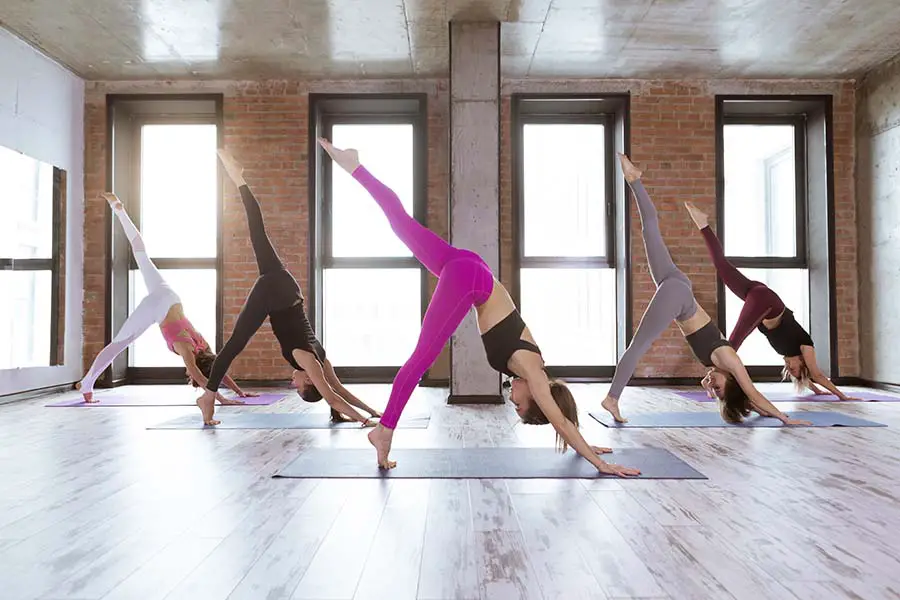
Ashtanga is known as one of the most popular Indian practices by K. Patthabi Jois in 1948, a strenuous form of yoga demanding durability, endurance, and flexibility. In this practice, the breath links with the following series of postures and advanced movements.
This type of practice consists of six sequence levels, known as asanas, including a primary series, a secondary series, and four additional advanced levels.
It is a sequence of complicated and challenging poses, which are carried out in a certain order that emphasizes the breath and flow between movements.
There are six levels of seated and standing poses (also called asanas) that climb up in difficulty: the primary series, the secondary series, and four advanced levels. Each series begins and ends with five cycles of sun salutations.
For a newcomer, you will be taught in Primary poses and generally Mysore style. It can be super flexible as you will perform at your own pace and flow with the teacher’s instruction. Once you memorize and master the sequence, you can move on to the next one.
What Are the Origins of Ashtanga Yoga?
It was originally created by T. Krishnamacharya, who is a teacher of K. Pattabhi Jois. At first, the form of it was rooted in The Yoga Sutras of Patanjali, also defined as ashtanga yoga philosophy and practice. According to Patanjali, there are eight limbs of yoga for Ashtanga, consisting:
- Yama – restrain
- Niyama – discipline
- Asana – postures
- Pranayama – breath control
- Pratyahara – forward mind
- Dharana – focus
- Dhyana – meditation
- Samadhi – conscious
The process of eight limbs allows us to discover the inward feeling, going inside your mind on a deeper and deeper level. Eventually, you can successfully parallel the Divinity inside when you are in a stable oneness, more than peaceful and blessed.
Sri K. Pattabhi Jois developed Patanjali’s concepts to create a new form called ashtanga vinyasa yoga. It is a combination of exercise and meditation.
Key Principles and Practices
Though there are numerous key rules among this practice, mastering those five prominent principles can lead to accomplishment. They will be the key to improving physical and mental health.
- Pranayama: Breath is an indispensable technique of this yogic practice. It’s referred to as ujjayi pranayama, also called “ocean breath,” to slow your breathing, create warm heat, and increase focus. Typically, only advanced students can get involved in this level.
- Asana: They are the core practice of seated postures and standing poses that you will continuously perform in a strict order. A series of postures will remain unchanged throughout the practice. You also connect with bandhas or lock points on your body.
- Drishti: Concentration enhances the self-awareness to bring your mind to a more focused state during meditation.
- Vinyasa: The process of contemporizing the breath and following postures or movements.
- Bandha: Bandhas body locks have energized the postures of Asana and helped maintain stability.
- Daily practice: It is pretty intense to follow a busy schedule of 6 days per week of practicing, typically resting on Saturday. Rest days are also on “Moon days” as the days of a full and new moon. For women, they can abstain from class for their menstruation.
How To Practice
Ashtanga Yoga is a challenging practice for yogis, requiring an extreme schedule with discipline. Here are tips to make it easier for you:
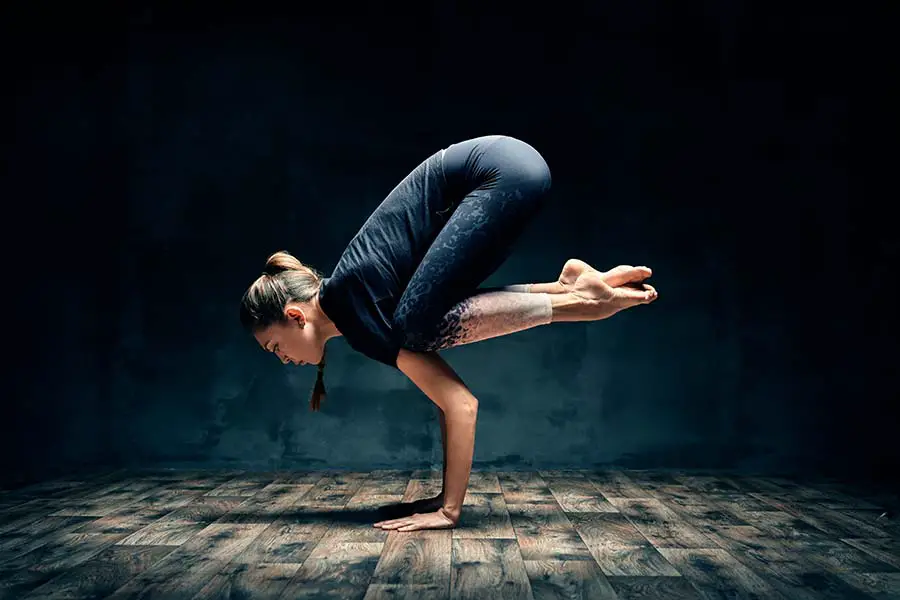
Move at Your Own Pace
Since it is considered a rigorous type with a series of demanding postures, you do not have to rush things out on the first try. Start to get used to it and gradually move to different hard movements.
You can start by performing at your speed, depending on your skills and your memory of the practice. Just be confident in each move and understand it all the way through before trying a new session.
Practice Everyday
Instant practice can help you memorize the number of postures. It assures that your body will be ready when starting your lesson.
The key is that you feel comfortable with every step and movement, along with how your body feels and breath. Make sure to do each step exactly, noticing any improper positioning of your spine, backbends, or legs. These imprecise postures can result in physical damage and deteriorate effectiveness.
Concentrate
If you are a stranger and this type might be out of your depth, you will feel a little bit worried and insecure in your skills. Not to mention that your class is full of potential yogis, just be calm.
The important thing about this practice is concentrating your mind and breath while performing the poses. Don’t try to be too perfect with your posture, yet keep focusing on your breathing. Connect your mind and breath, then improve your postures gradually.
View more: Difference Between Yoga And Pilates?
Benefits Of Ashtanga Yoga
Breathing Control
The Ashtanga practices are followed with a breathing technique named ujjayi exhaling, which includes five full breaths. An instant inhale and exhale will help you maintain your consciousness during inhaling and exhaling.
Strengthens Mental Health
In Ashtanga, it is very demanding on your body. All the challenges with deep stretches and core strengthening will help your body be more flexible and push you out of your limits.
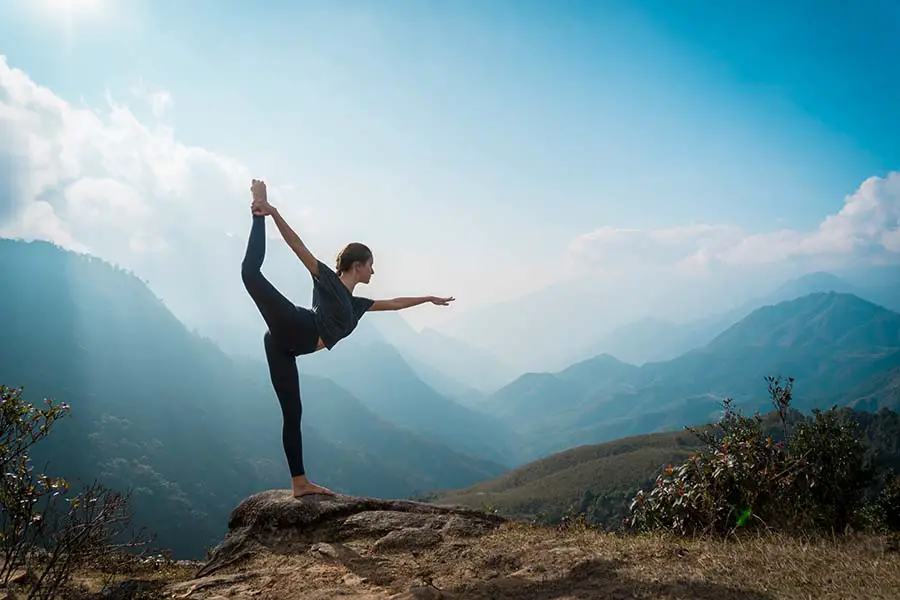
Improves Well-being
Researchers have shown that Astanga is also an intervention to benefit your psychological well-being. This results in raising your self-esteem and the decrease of anxiety and depression.
Calms Your Body And Soul
When your body has to conduct a sequence of movements and breath control simultaneously, it will make you calm. This process will produce calmness in your autonomic nervous system, including heart rate, blood flow, and respiration.
Eases Pain
A study demonstrates that the Primary Session consists of a series of postures aiming to strengthen lower back muscles. It boosts the release of nerves on the lower back and heals the pain. Moreover, the practice will support bone formation in the middle-age.
Conclusion
Because Ashtanga is a strict practice of intense discipline, patience, and perseverance, many yogis will be hesitant to try this out. This type is, maybe, more suitable for experienced or professional yogis, but newbies can be good, also.
Just considering Ashtanga yoga meaning in this guideline, you will see how interesting and beneficial it is.
Once you start challenging yourself and learn to link your movement with your breath, it will be an incredible workout that benefits you all the way through.

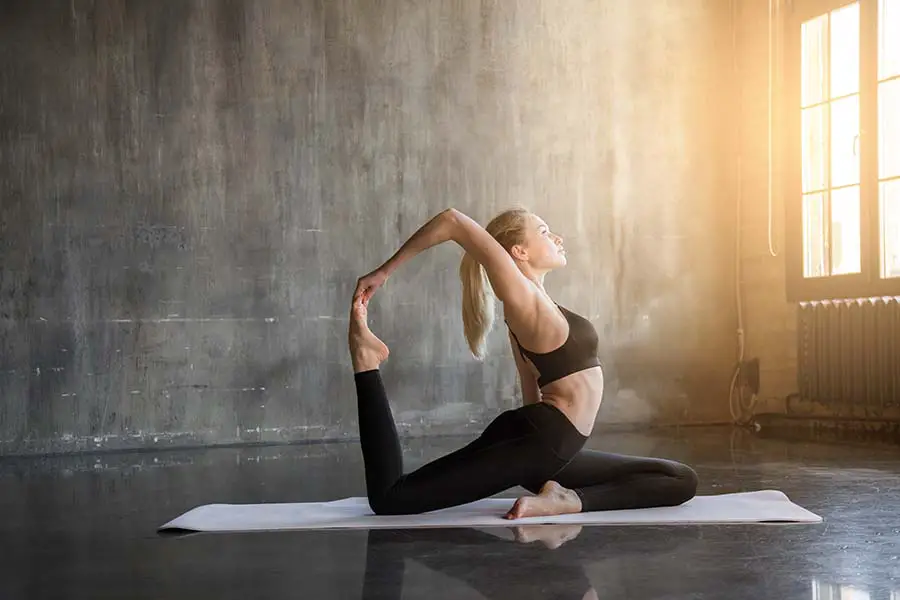
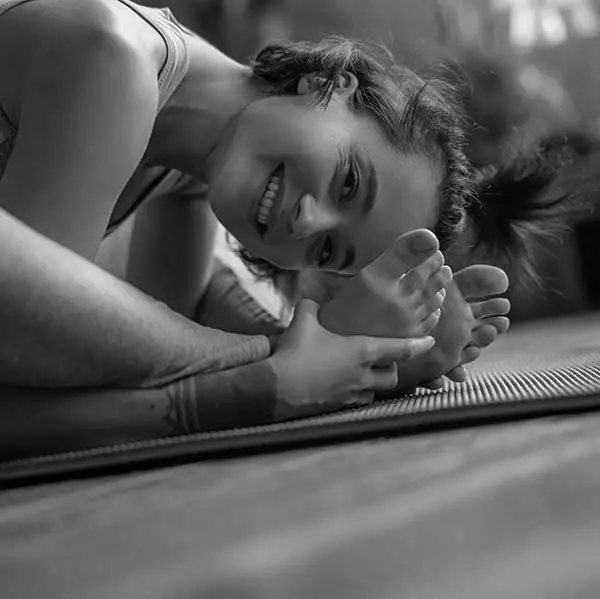
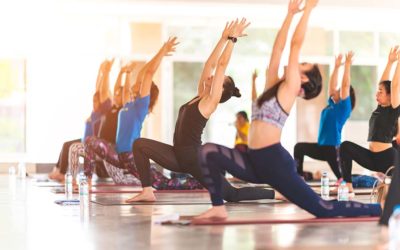
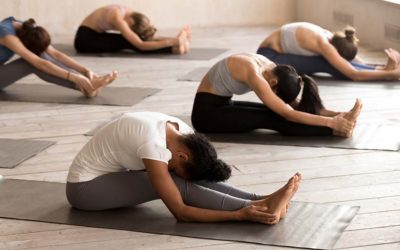
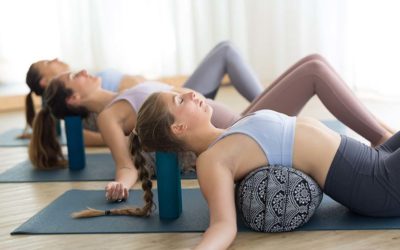
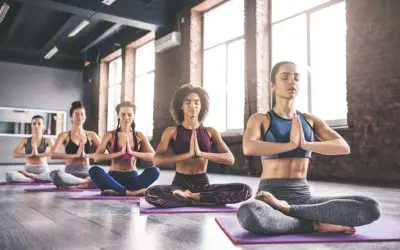
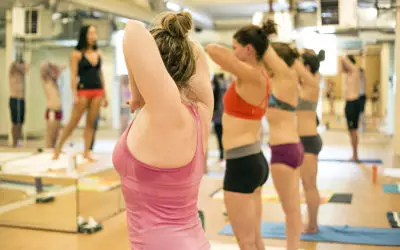

0 Comments